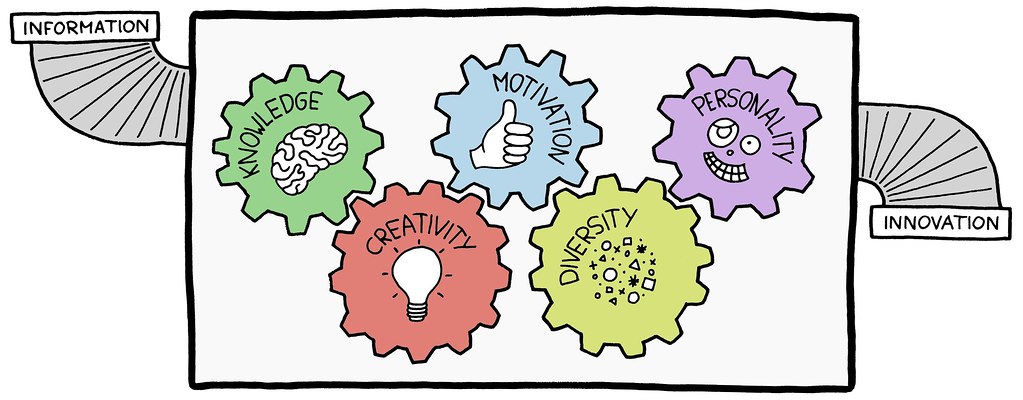User innovation is a core element of a commons friendly alternative to innovation.
[I]t makes more sense for a user, who already has most of that information, to engage in innovative activity than it does for a manufacturer, who would have to invest in getting hold of information about what users need and how a particular innovation functions in a given industrial setting. If user need is also heterogeneous, manufacturers are even less likely to make such an investment, as heterogeneity makes these tasks simultaneously more costly and less rewarding (Hope 2008:145/146)
# Features - users can deal with the "stickyness" of information: i.e. the fact that the information required to come up with new technological developments is costly to transfer from one person to another. - if linked to Openess, reverse-engeneering is encouraged - unlike manufacturers users who innovate don't primarily benefit by selling
# See also
Free Revealing Collective Invention Distributed Production and Community Support Stigmergy
# Sources
Janet Elizabeth Hope (2004): (2008): Biobazaar. The Open Source Revolution and Biotechnology,pdf ![]() , see especially chapter 6, page 143-205
, see especially chapter 6, page 143-205
# Additional Notes
The seminal work in the user innovation literature was Eric von Hippel’s 1988 book, Sources of Innovation. However, the literature also draws on earlier empirical studies in the broader field of innovation studies.
